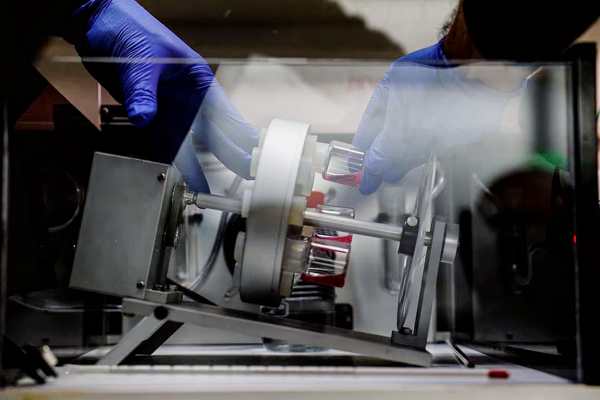A human or any other living being cannot be born without an ovum, sperm cell, or sperm cell. Some unicellular organisms are an exception to this rule. However, Israeli scientists have demonstrated that children can be born without the use of eggs or sperm.
Israeli scientists at the Weizmann Institute of Science have developed a human embryo with a living cell. This, too, is generated in a lab rather than in a woman’s womb. Weizmann scientists, led by molecular biologist Professor Jacob Hanna, created a substance that is equivalent to a human embryo without the use of sperm or eggs. For 14 days, the embryo was developed in a laboratory.
The embryo model built by a team of Weizmann Institute researchers is comparable to what a naturally formed 14-day-old embryo looks like in the mother’s womb, according to the researchers. This artificial embryo is only a few days old. The organs begin to mature as the months pass.
Scientists are developing embryo models in order to better comprehend the early moments of human birth. Instead of sperm and eggs, stem cells are used as raw materials in this embryo model research.
These stem cells have been reprogrammed to be able to become any tissue in the body. The stem cells were then transformed using chemicals into the four types of cells observed in early human embryos.
The first are epiblast cells, which are necessary for embryonic development. The tropoblast cells, which generate the placenta, are the second type of cell. The third type of cell is the hypoblast cell, which aids in the formation of the embryo’s yolk sac or membrane. The fourth type of cell is the mesoderm, which develops into the amniotic sac. However, when 120 different types of cells were put together, only 1% of them effectively turned into an embryo.
The researchers later revealed that this embryo also secreted a hormone that could be utilized to do a pregnancy test in the same way that humans do. According to Professor Hanna, this is the first full embryo model that mimics all of the key structures that grow in the early embryo, and such a study has never been done before. According to Hanna, an embryo is normally 9–12 weeks old.
Human organs and systems of all kinds are developed during that period, and they take on human form. Only then is it referred to as an embryo. This approach is antithetical to creation.
According to Hanna, this approach can be used to create human organs. The findings of this fetal investigation were reported in the journal Nature.

